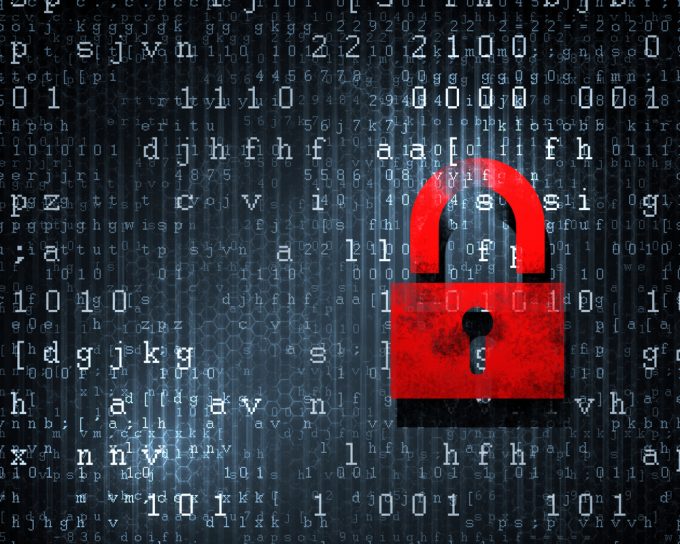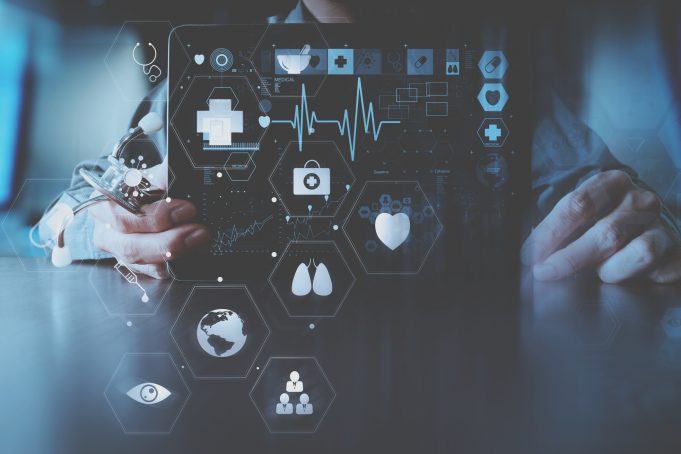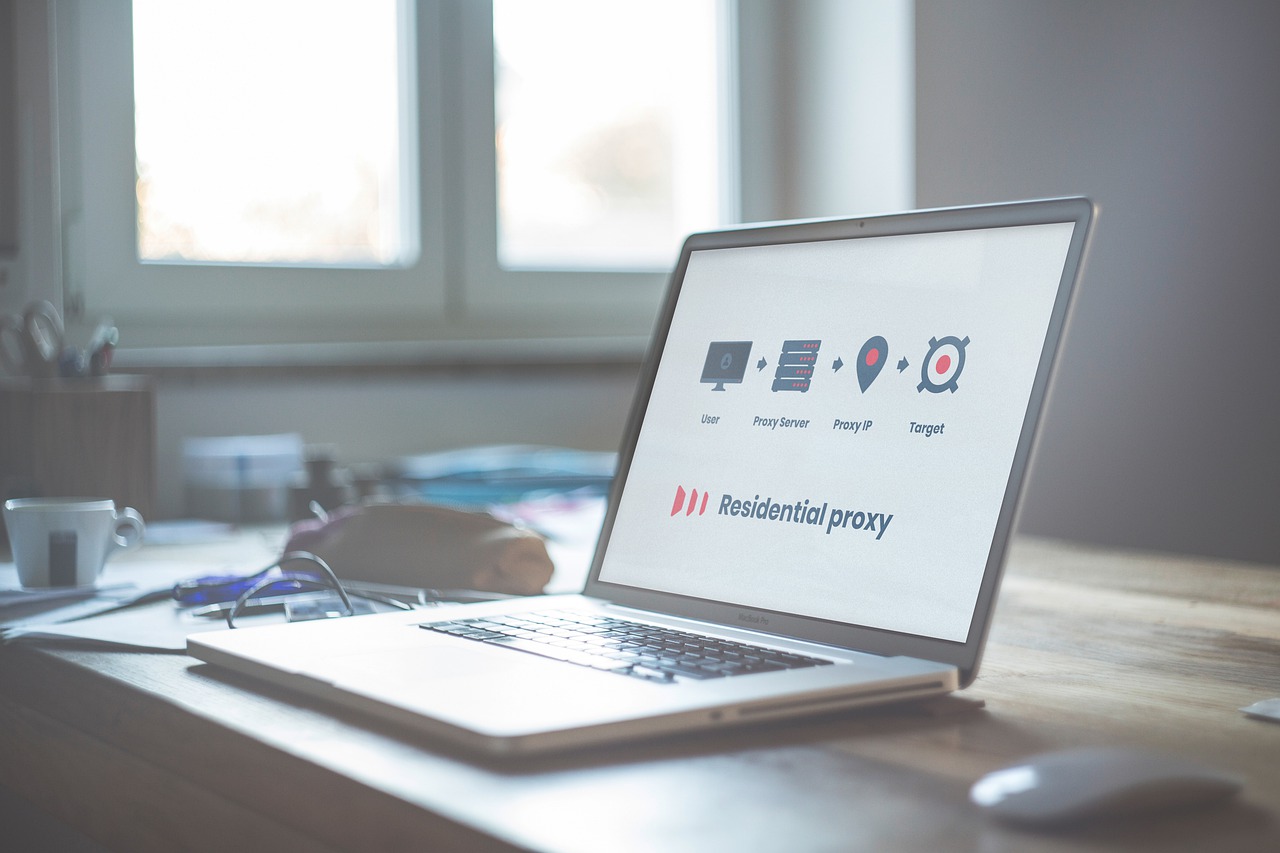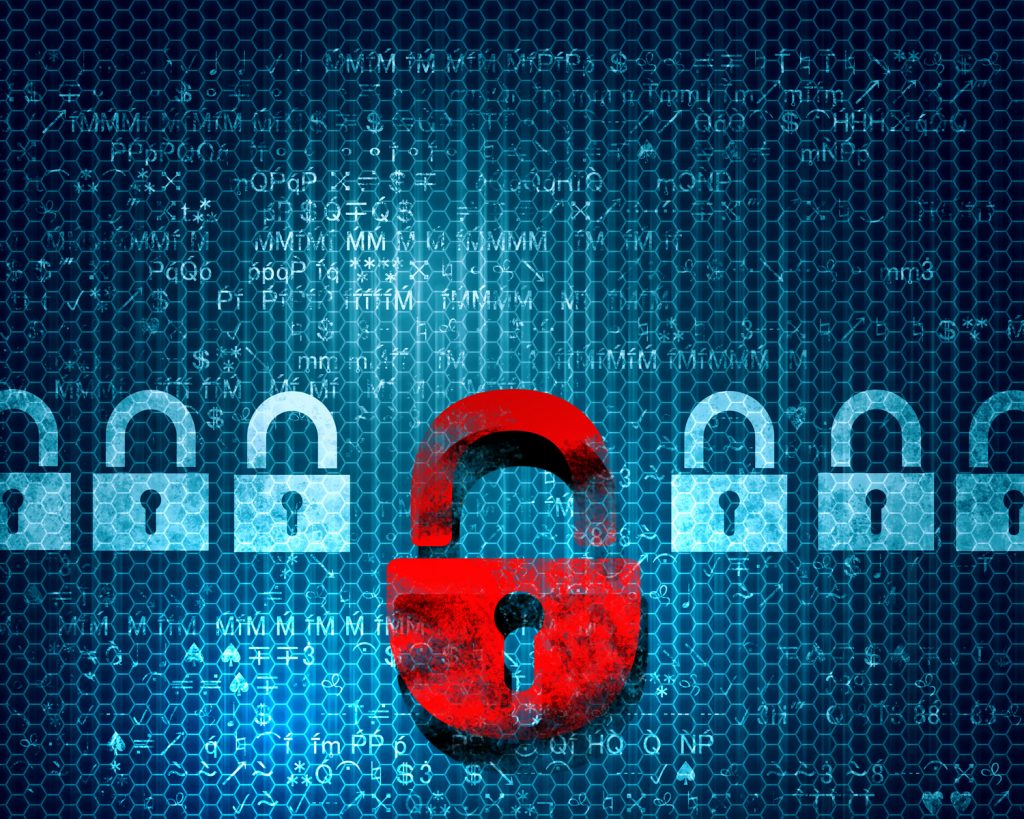These days, electronic medical records are being targeted by hackers and the numbers are increasing rapidly. The main reason behind this phenomenon is that the medical information of patients is sold at a great value in the black market as compared to any credit card or bank information.
You have a question in your mind that why hospitals credentials are so important for hackers what precious in that. Usually, hospitals’ medical records contain the patients’ information including DOB, addresses, phone numbers, ID information, card numbers, medical and social insurance details.
Theft of such information can be much more dangerous than stealing a bank account information or credit card number because it may endanger the health and lives of patients who have become a victim of such crime. Therefore, A few effective ways to reduce cyber risks are described below:
Prioritize Data Security Culture

Prioritize Data Security Culture Healthcare management should build a culture of security in the work environment rather than imposing security policies on hospital faculty. Hence, management experts should set an example for their junior employees.
Moreover, educating and training should be conducted on a frequent basis so that the employees can know about the actions which may cause a data breach in the hospital like opening an unsolicited email, sharing private information on a malicious website, phishing and, etc.
So, make sure to show your employees and leadership that cybersecurity is always on your organization’s top priorities.
Implement Endpoint Protection Solutions
Usually, most of the time and money is wasted on finding the paths where the threats come from. The organization must implement an endpoint solution for all threats, whether the threat comes from inside or external hacking.
Artificial intelligence is considered the best solution in providing the single solution to diminish all inside and outside risks as it offers automatic surveillance, malicious action detection and data breach alerts in real-time.
Encrypt All Sensitive Data
Source: expertswhogetit.caEncryption is the best way to protect sensitive data either it is stored on a web server or in organization PCs. The data that is shared through emails or any other communication mode must be encrypted. In addition, hospitals’ websites or portals that are meant to help patients also should be encrypted with an SSL certificate from SSL2BUY. It is a protocol that builds a secure connection between a web server and a browser while communicating or sharing the data.
Besides protecting sensitive data from hackers, it builds trust in the hospital portal, secures financial transactions, boosts website ranking on famous search engines.
Share Hospital Files Securely
How do you manage the movement of patient information in your hospital or healthcare facility? Patient data and other hospital records are sensitive information. However, many people need to access them to ensure the excellent provision of patient care, including doctors, nurses, and hospital clerks. While hospital digital systems use encryption, they need a more stringent measure of sharing files.
What can hospitals do to ensure safe data transfer or file sharing to minimize the risk of cyber vulnerabilities and attacks? One great way to secure hospital data is embracing managed file transfer (MFT) solutions, providing a more secure file transfer method than file transfer protocol (FTP).
According to globalscape.com, MFT solutions provide greater visibility and control over IT infrastructure and data movements, replacing high maintenance, non-compliant, or outdated file transfer methods. Using MFT software can support the secure management of hospital data and help improve data privacy.
MFT can be beneficial to hospitals and other healthcare businesses requiring reliable and secure exchanging of patient and other medical files amongst healthcare workers, insurance providers, and even government agencies.
When hospitals use MFT solutions, healthcare staff can share files securely in compliance with the industry-standard protocols. MFT minimizes endpoints commonly vulnerable in data transfer and sharing despite the growth in volume, size, and complexity of a hospital’s file transfer workflow.
Improve autonomy
Source: pixabay.comSuppose you are willing to have high-quality protection, train and ask your employees to use a proxy server, one of the is Smartproxy. The best for this is residential proxies in the hospital business because it’s assigned to a homeowner by Internet Service Provider (ISP). In this case, the proxy will mask your business’ IP address without any chance of looking like a fake.
Limit Network Access
Creating a wireless network solution for a healthcare organization can be an economical, quick and easy alternative, but it may pose vulnerabilities in the electronic medical records if the encryption is not used.
So, you must have limited access to a wireless network for those clinicians and personnel who use their own devices like desktops, tablets, laptops, mobile phones or IoT devices in sharing patient data.
Backup Your Data
The least technical fault or malfunctioning in electronic medical records software may pose extensive information loss. So, hospital management or IT team must schedule frequent data backups in order to provide safety to their patient data in any malicious hacking or in disasters like flood, fire, or hurricanes.
Perform Regular Risk Assessments
Besides applying all the protective measures for keeping the sensitive data secure, there must be a regular risk assessment to find the organization’s vulnerabilities.
For this, the information should be gathered to anticipate the security issues and to secure electronic medical records properly which includes the existing network, data security policies regarding information handling and hardware and software resources.
Create A Recovery Plan
Source: businessnewsdaily.comThe cybercriminal’s ways of stealing are evolving day by day, so there is no perfect security plan for the hospital’s private data.
Therefore, always hope for the best and prepare for the worst condition so that when the data is stolen, you can save your data from hackers. There should be an automatic data deletion and device tracking system in your organization in case of device theft with stored sensitive data.
All the employees should be trained for the worst situation, phish yourself is the best way to educate the employees about cyber attacks.
Moreover, by this self phishing attack, the employees come to know how to handle an unwanted situation.
Evaluate Security Of Business Associates
Business associates are considered the main cause of data breaching in organizations. Hence, ensure your health care center is protected from unauthorized access. You can make a list of vendors and your business partners to verify which have access to protected health information and some business associates’ agreements should not be signed, because it may put your hospital at great threat.
Conclusion
Health care centers must take each and every appropriate step in providing information security to the patients as their lives rely on them. They trust them, so their trust should not be broken and all the above-mentioned basic tips should be followed in health care organizations.












